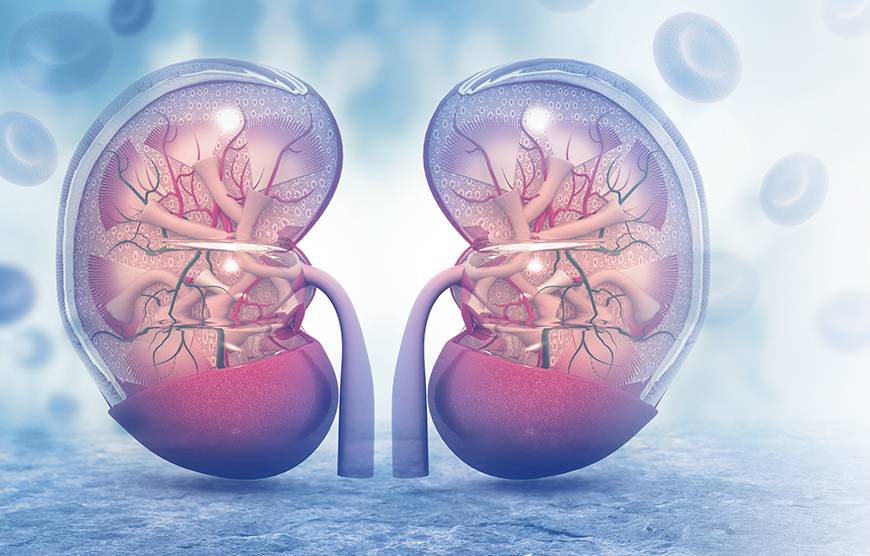Non-Invasive Treatment of Urinary Tract Stones — ESWL

What is ESWL?
ESWL or Extracorporeal Shock Wave Lithotripsy is a non-invasive technique for treating stones in the kidney or ureter using high-energy shock waves. Stones are broken into "stone dust" or fragments that are small enough to pass in urine.
When can ESWL be used?
ESWL works better with some stones than others. The size and shape of stone, the predicted
hardness of the stone, the location of the stone in your urinary tract, your health, and your
kidneys' health will be part of the decision to decide the best treatment for your stone.
Kidney stones that are smaller than 2 cm in diameter are the best size for ESWL. Larger stones can
be treated by PCNL or RIRS. However, larger kidney stones can be treated in experienced hands with
multiple sessions and a ureteric stent.
Ureteral stones that occur in the upper third of the ureter near the kidney can be treated by SWL.
Ureteral stones that occur lower (near the bladder) are more difficult to treat with ESWL, but can
be successfully treated by experienced operators.
ESWL is more appropriate for some people than others. Because x-rays and shock waves are needed in
ESWL, pregnant women with stones are not treated this way. People with bleeding disorders,
infections, severe skeletal abnormalities, or who are morbidly obese also not usually good
candidates for ESWL. lf your kidneys have other abnormalities, your doctor may decide you should
have a different treatment. lf you have a cardiac pacemaker, your cardiologist will be involved in
the decision on whether you can have ESWL.

What does the treatment involve?
You will be positioned on an operating table. A soft, water-filled cushion may be placed on your abdomen
or behind your kidney. The body is positioned so that the stone can be targeted precisely with the shock
wave.
ESWL is delivered with sedation and pain relief medication to help the patient remain still, reduce any
discomfort, and this improves the breaking of the stone.
About 3-4 thousand shock waves are needed to crush the stones. The complete treatment takes about 50 to 70
minutes.
Sometimes, a ureteral stent is inserted prior to ESWL. Ureteral stents are soft plastic tubes which are
introduced into the bladder and threaded up to the kidney. They have ensure good drainage of urine from
the kidney to the bladder. They are used when the ureter is blocked, when there is a risk of infection and
in patients with intolerable pain or reduced kidney function.
After the procedure, you will usually stay for about an hour then be allowed to return home if all is
well. You will be asked to drink plenty of fluids, strain your urine through a filter to capture the stone
pieces for testing, and you will be given painkillers to bring home. Alpha blockers which are drugs that
relax the ureter may be given to help passage of the stone fragments after ESWL.







